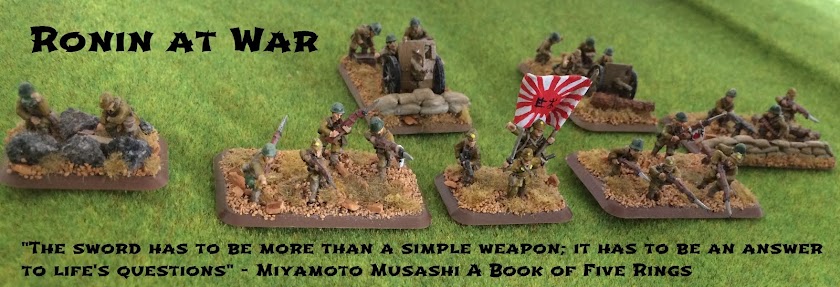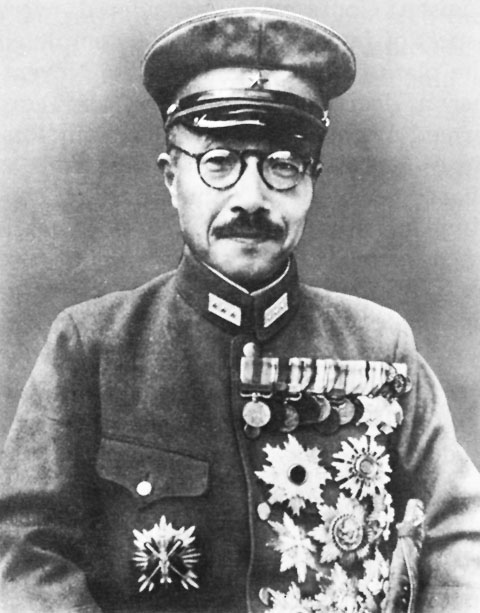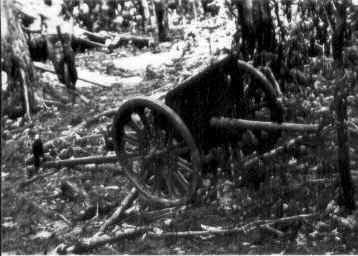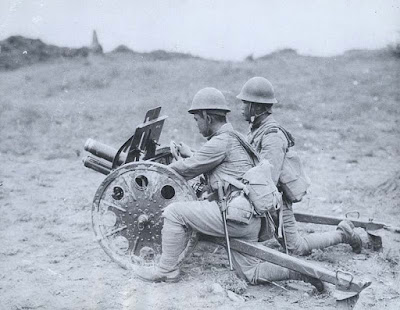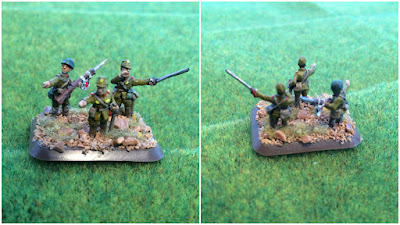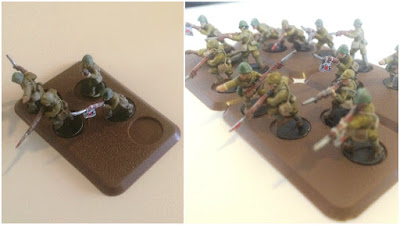 |
| Manchuria Map, 1939 |
Japan occupied Manchuria in 1931 and established the puppet state of
Manchukuo. To the west, Manchukuo's border was the Mongolian People's Republic, the only communist state in the world at that time other than the Soviet Union and a Soviet allied.
In 1939, there were disputes about the border line between Mongolia and Manchukuo, with the Japanese claiming the border to be the Khalkhyn river (Khalkhyn Gol) and the Soviets arguing it to be 16 km east of the river, by the town of Nomonhan. These disputes rapidly escalated to what came to be known as the Nomonhan Incident in Japan and the Battle of Khalkhyn Gol in Soviet Russia.
 |
| Japanese Forces at Nomonhan (Pinterest) |
On May 11th 1939, about 70-80 Mongolian cavalry men entered the disputed area to feed their horses. Manchuoko´s cavalry attacked and expelled the Mongolians back to their land, but Mongolians counterattacked on May 13th with greater numbers and the Manchuoko's men were forced to retreat. The Japanese deployed the
23th Division led by
Lieutenant General Michitarō Komatsubara (under command of the
Kwantung Army) and drove the Mongolians out. On May 28th, Mongolian and Soviet forces returned to the disputed area and defeated the reconnaissance regiment of the 23th division, causing the first major defeat for the Japanese.
